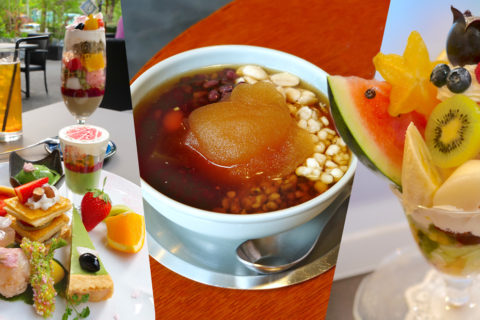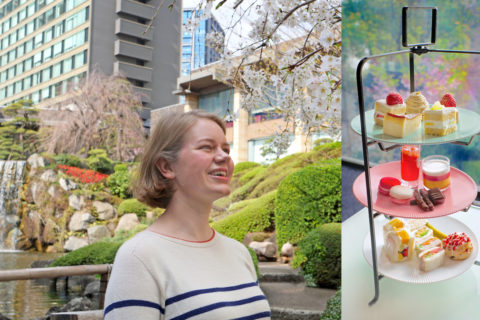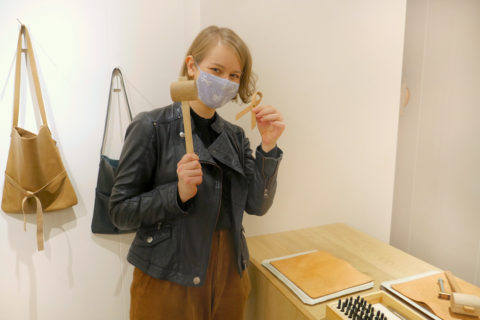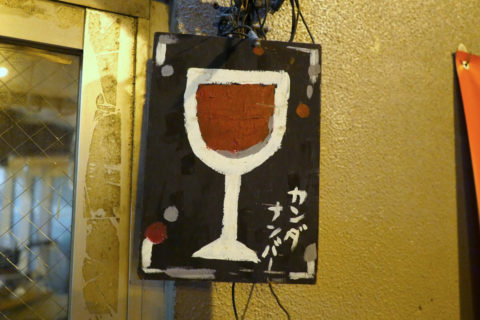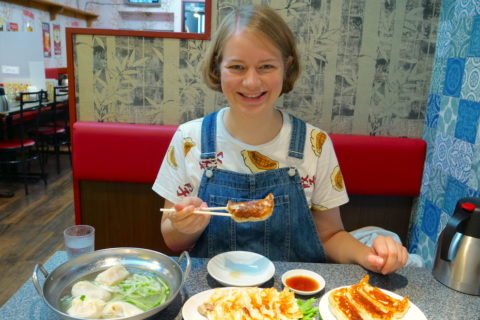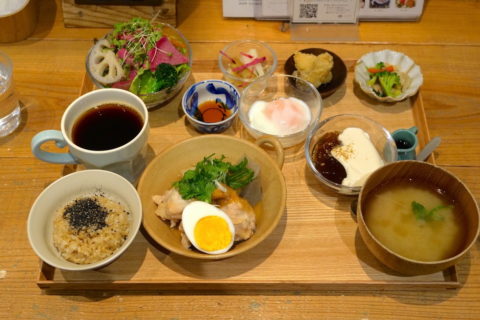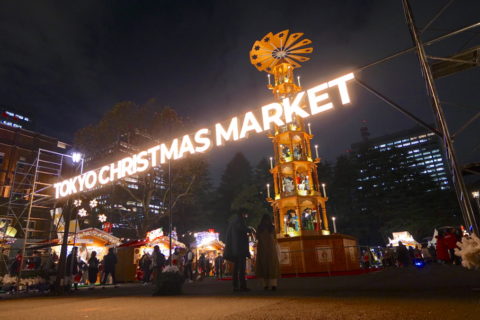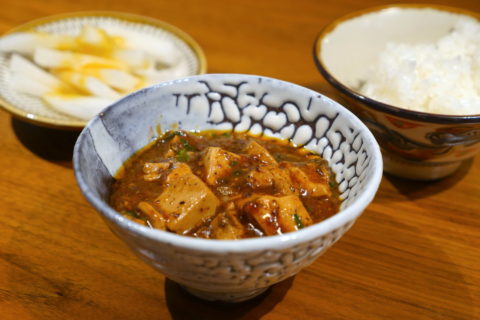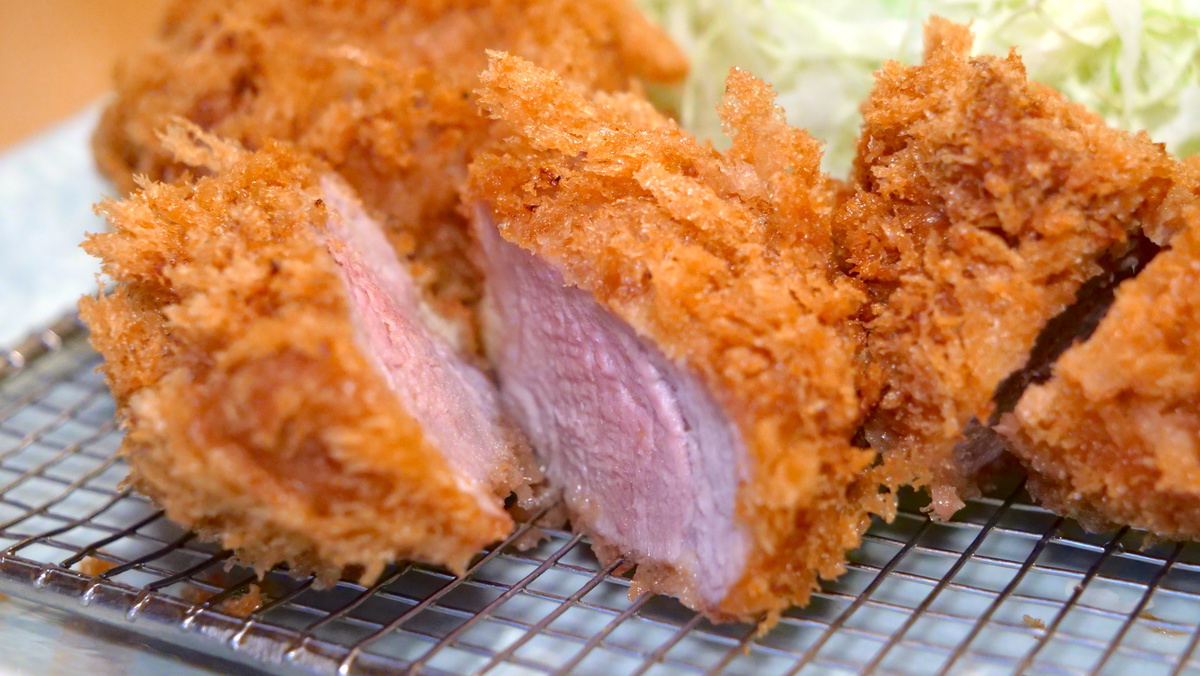
Thick, juicy, and crispy battered Japanese pork cutlet, “tonkatsu.” For the ultimate tonkatsu dining experience in Tokyo, be sure to visit Kanda Ponchi-ken in Tokyo’s Kanda-Ogawamachi area. The restaurant has been repeatedly voted as a “Bib Gourmand” by the Michelin Guide Tokyo, attesting to its superb tonkatsu.
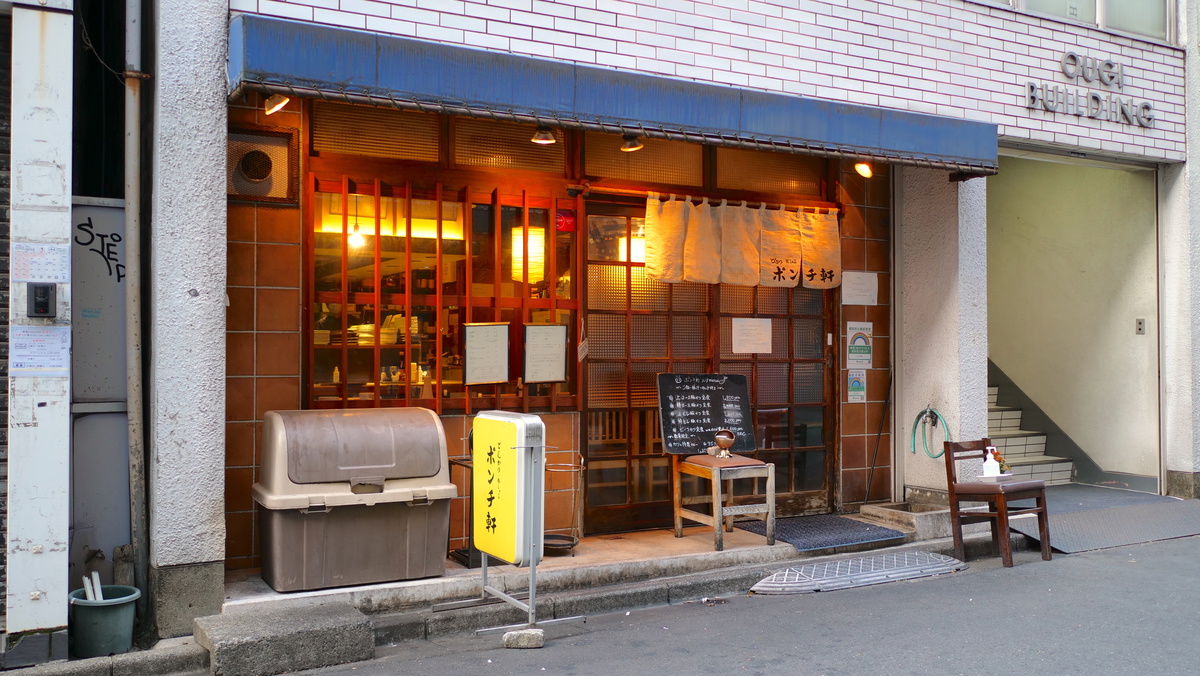
Content
What is Japanese tonkatsu?
Characteristics of Japanese tonkatsu I, the editor-in-chief, Marei, visited the restaurant. Being from Germany and a fan of pork cutlets, a popular dish in my home country, as well as a fan of Japanese tonkatsu, I was excited to try this famous restaurant. European cutlets are typically made by pounding veal meat, stretching it thin, coating it with fine breadcrumbs, and pan-frying it. In contrast, Japanese tonkatsu is always made from pork (“ton” means pork), often fried in one piece and served in thick slices.
The Specialties of Kanda Ponchi-ken
At Kanda Ponchi-ken, we were given a tour of the tonkatsu cooking process. Hearing about the careful preparation and the specific points of attention, I could understand why the restaurant is so famous. The cutlets we were served were filet and loin cutlets.
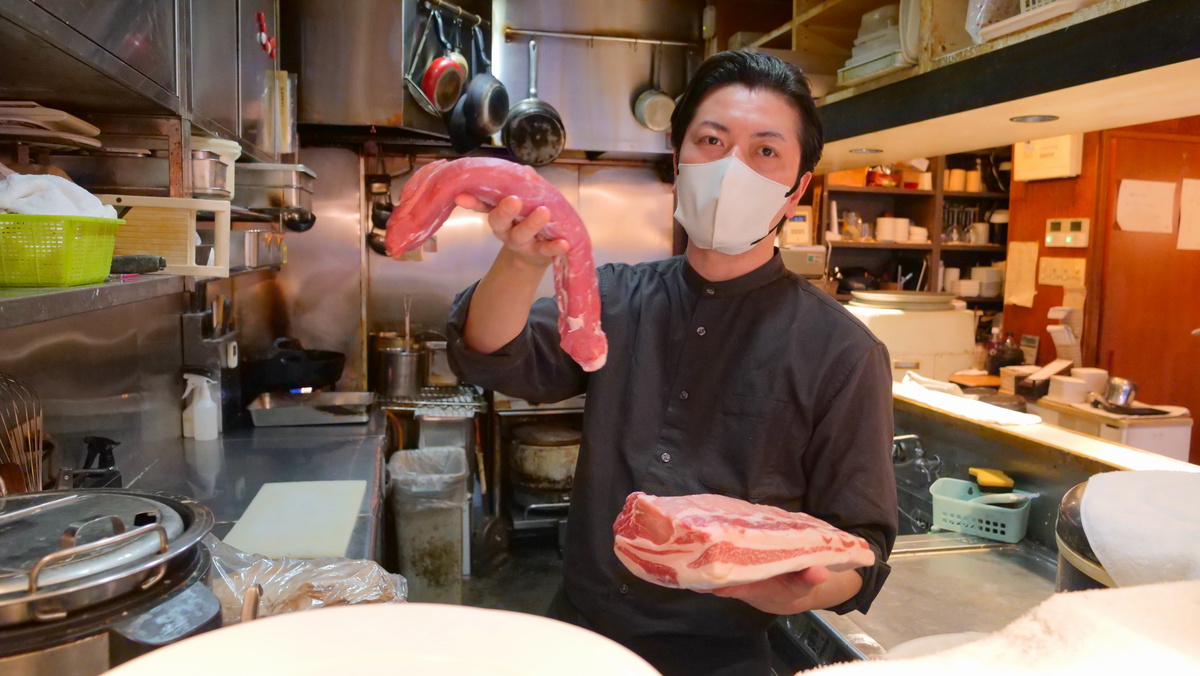
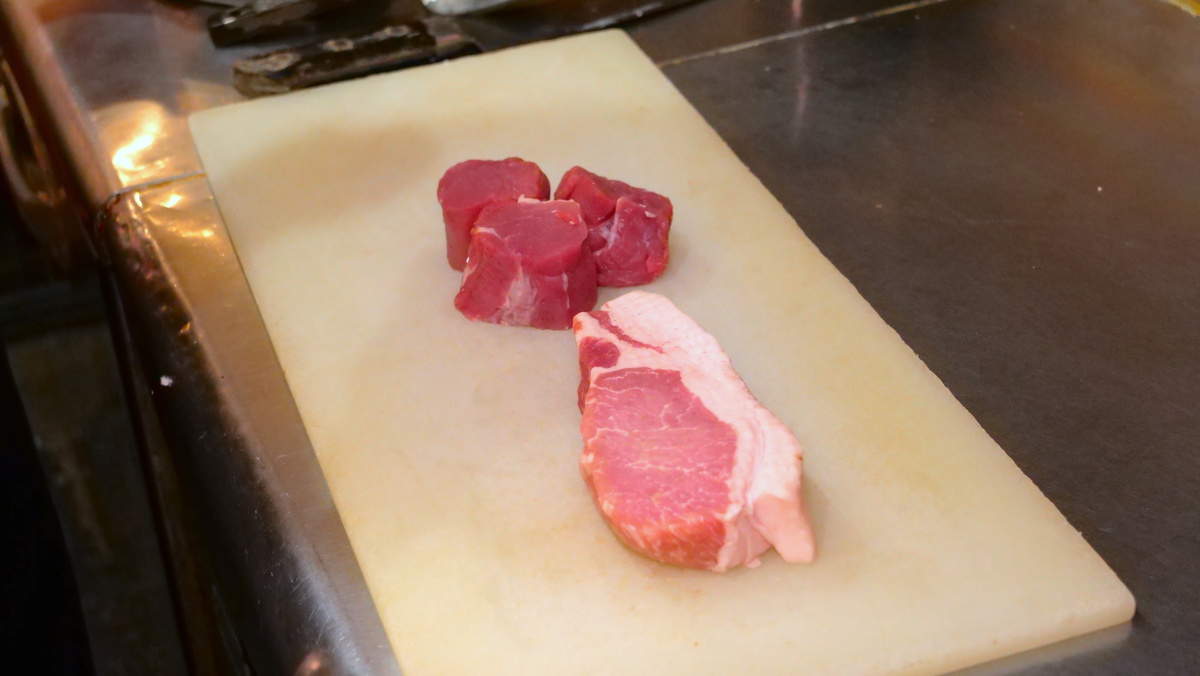
There are two types of filet and loin cutlets, “jo” and “toku,” respectively, that differ in the origin of the meat. The “toku” (= special) cutlet is made with high-quality pork from Okinawa that has a strong flavor, while the “jo” (= great) cutlet is made with pork from Mexico. I chose the “toku” type for my tonkatsu experience at this famous restaurant.

The meat is lightly seasoned with salt and pepper and coated with tonkatsu batter. Kanda Ponchi-ken is particularly meticulous about the breading and uses large, fluffy “fresh breadcrumbs” that have less sugar and salt.
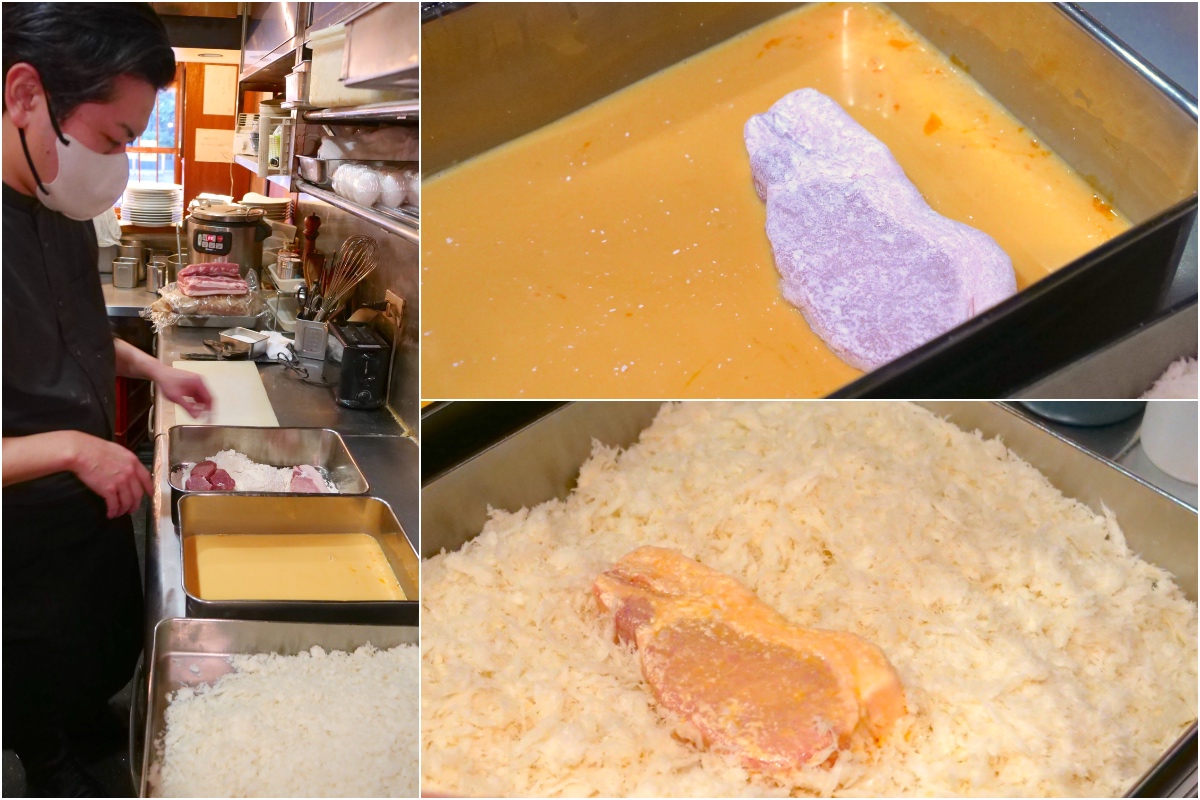
Next, the meat is slowly deep-fried. The oil used at Kanda Ponchi-ken is a blend of sesame oil and corn oil, resulting in lighter and crispier tonkatsu than those fried in lard and less rich.
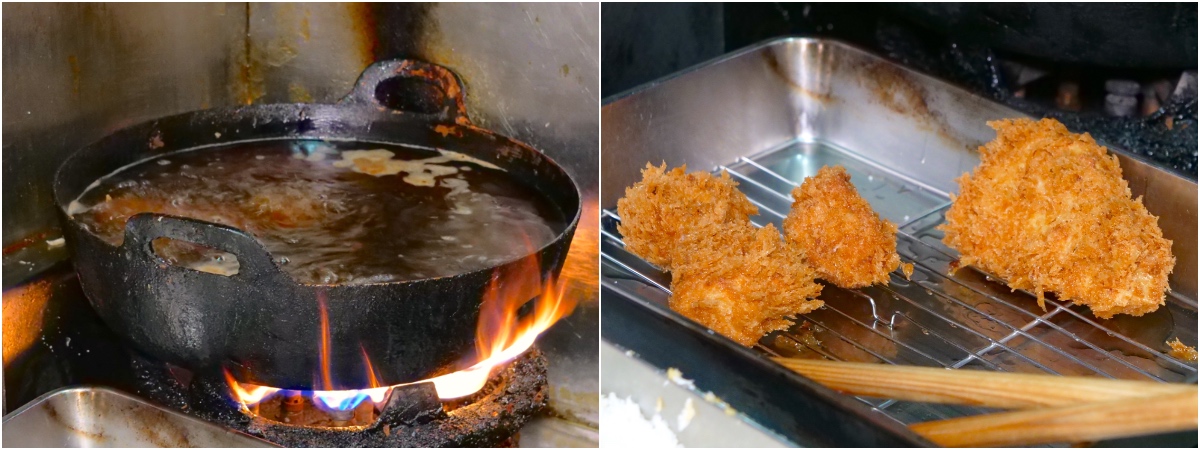
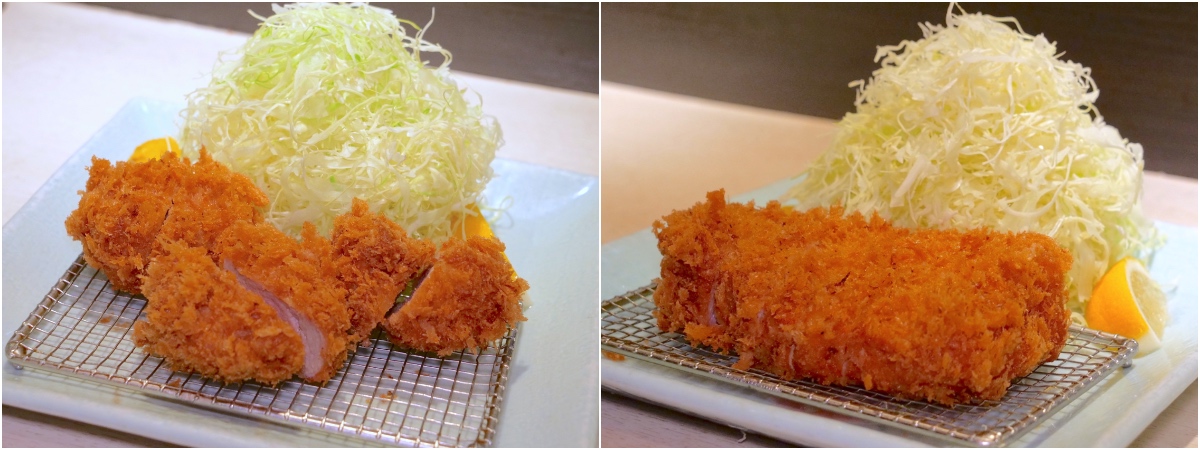
A variety of seasonings are available on the table, including tonkatsu sauce, “Taiyo Sauce” (Worcestershire sauce), original hot yuzu pepper sauce, and coarse Guerande salt. In addition, spicey mustard is served alongside the tonkatsu for a change in flavor.
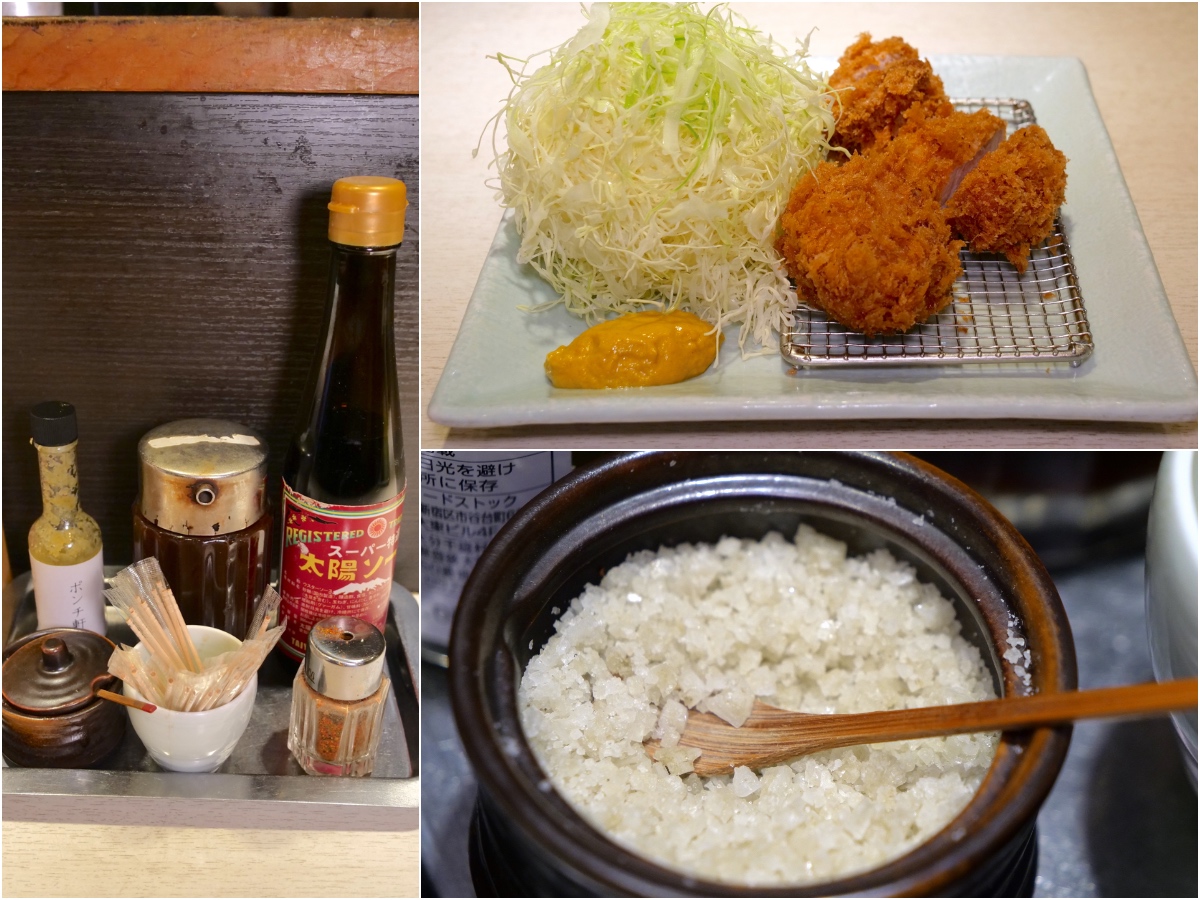
The Ultimate Gastronomic Experience!
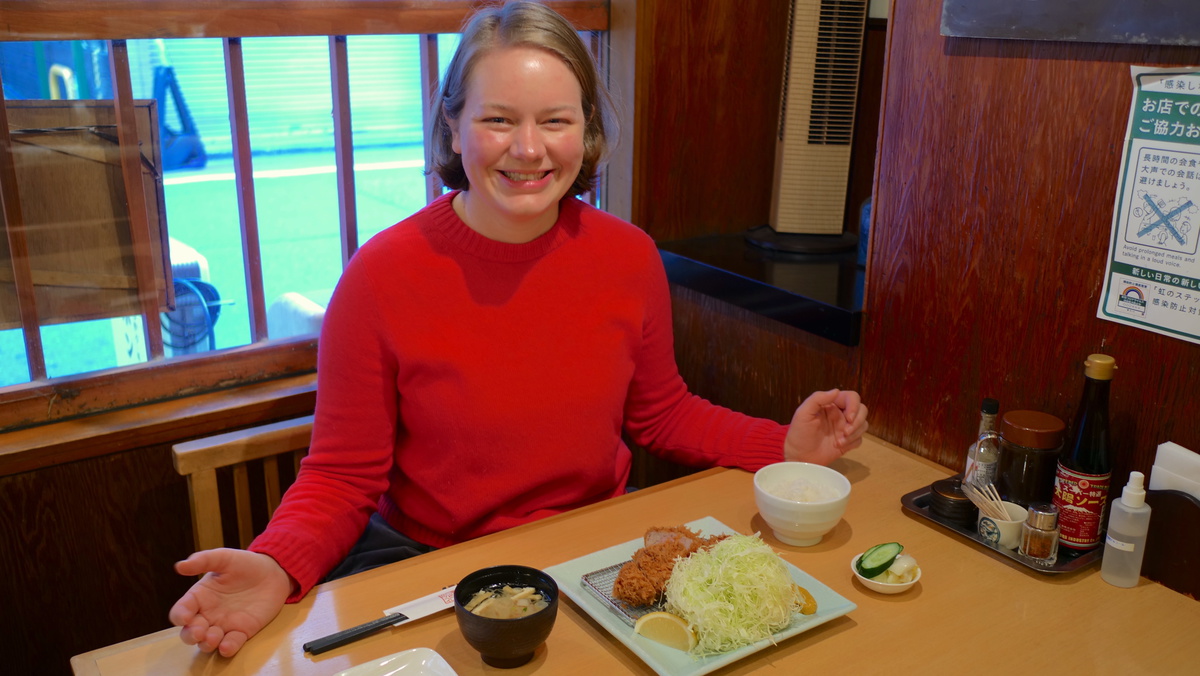
I was thoroughly impressed with the tonkatsu at Kanda Ponchi-ken. The amount of care and attention put into the dish was evident in every bite. The batter was crispy, and the meat was incredibly delicious, with the flavor spreading in my mouth with each chew. I didn’t even need any seasoning, it was that good.
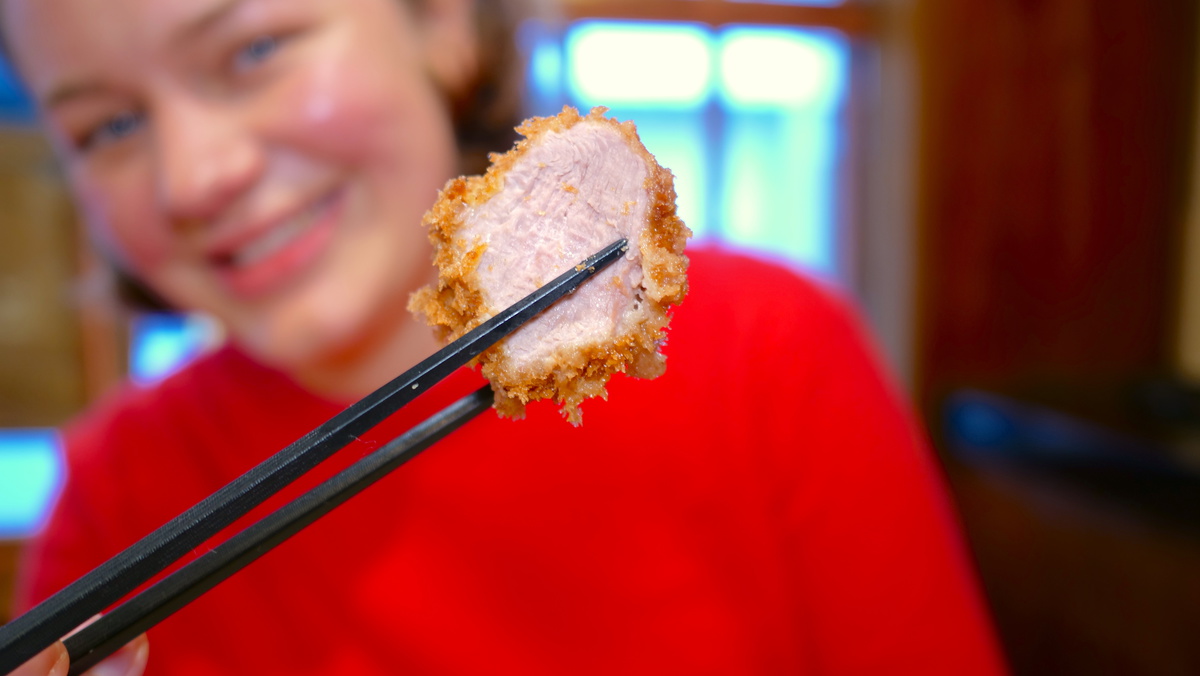
The loin cutlet was the tenderest I’ve ever had, and the fillet cutlet was juicy. Despite its thickness, it was light on the palate and didn’t make me feel full or sick at all. It’s a true gem.
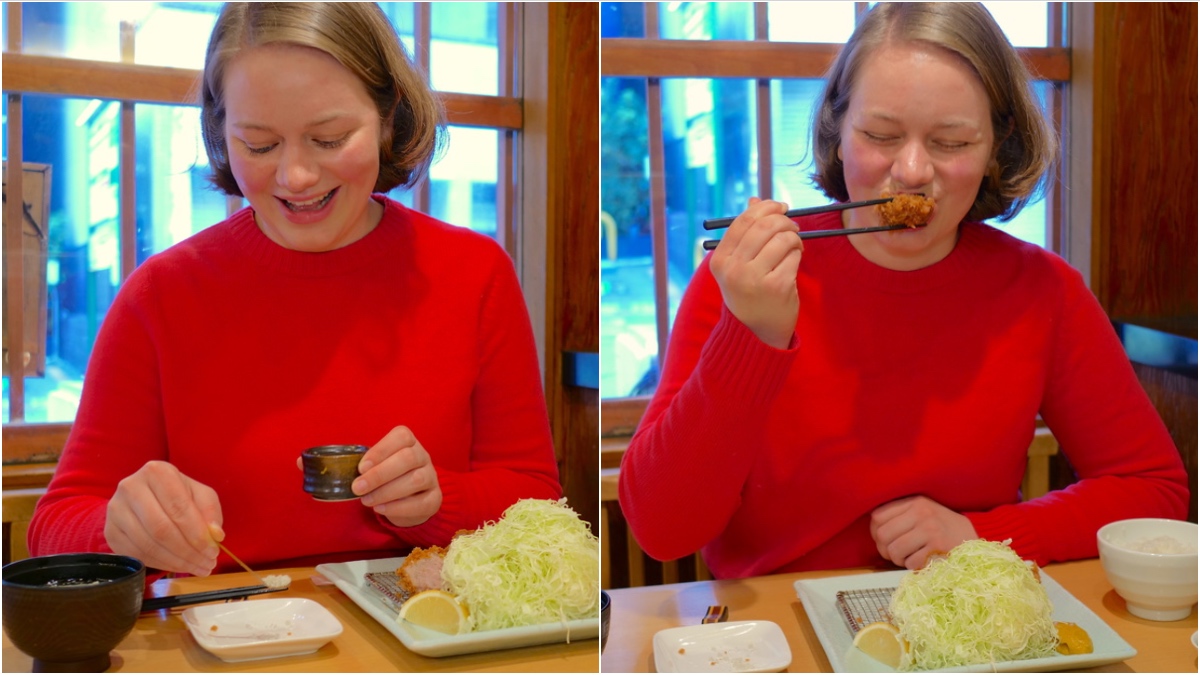
Ponchiken is known for its excellent tonkatsu, but the other dishes on the menu are also popular. I was interested in trying the minced potato croquettes, fried horse mackerel, and curry. Additionally, the 500g “Tokute Hire Whole Fried Fillet” is a popular option to be shared with a group and is only available in the evenings. With an advanced reservation, you can even taste the “Handmade Pork Shabu.”
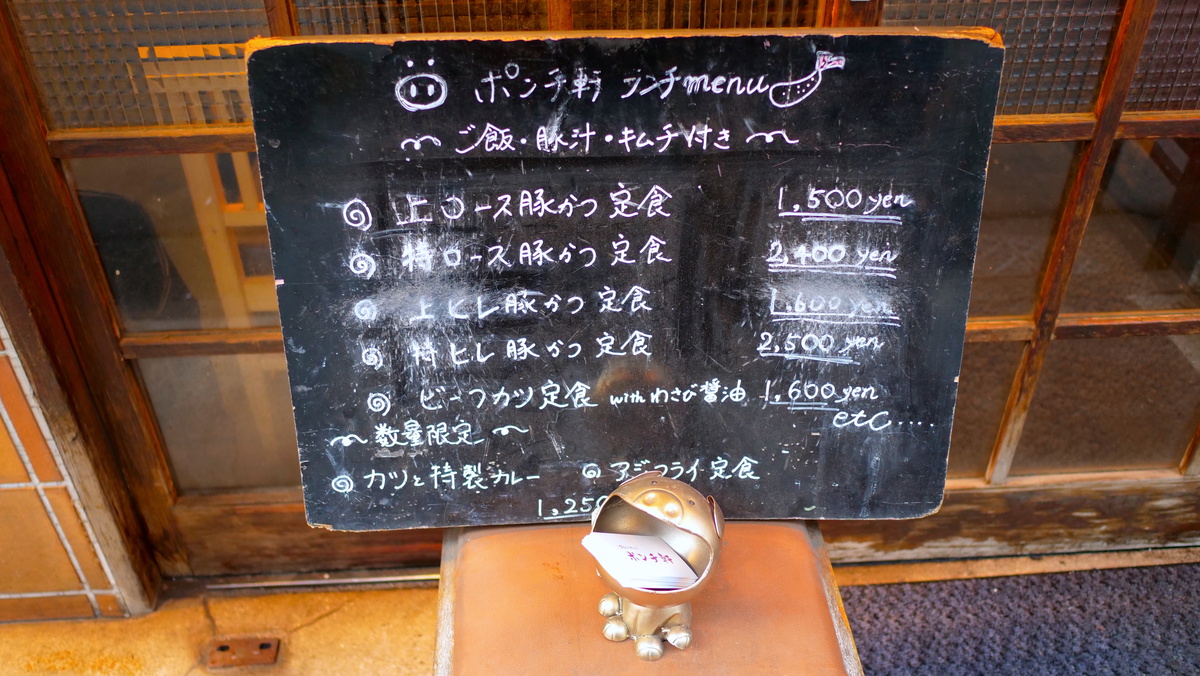
For a truly unforgettable gastronomic experience in Japan, you must visit Ponchiken in Kanda. The tonkatsu is exquisite, and the retro atmosphere of the restaurant is cozy and comfortable. I can’t wait to go back and try more from their menu.
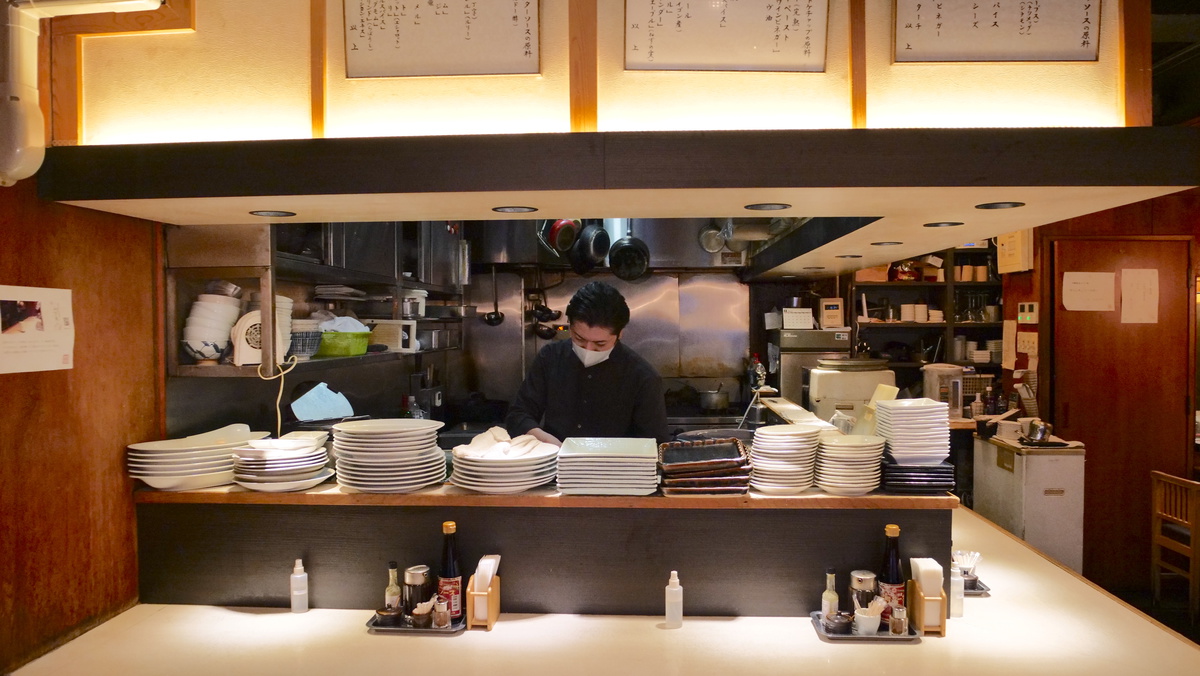
Kanda Ponchi-ken
Japanese Website: https://www.ponchiken.jp
English Menu: https://www.ponchiken.jp/english-menu/lunch/
Address: Ougi Building 1F, 2-8 Kanda Ogawamachi, Chiyoda-ku, Tokyo
Google Maps: https://goo.gl/maps/976KwHLRy8gVdjCc7
Nearest Stations: Ogawamachi Station, Awajicho Station, Shin-ochanomizu Station, Ochanomizu Station, Jimbocho Station, Kanda Station


